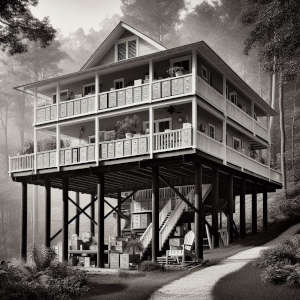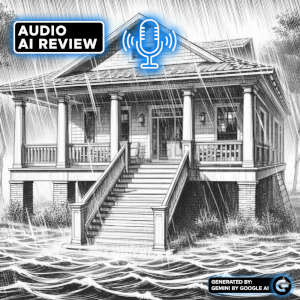Review Federal Allocations
Begin by reading the Allocations section to understand how much funding North Carolina has received for disaster recovery. This section typically includes breakdowns by program, such as Public Assistance, Individual Assistance, and Hazard Mitigation. Pay close attention to any timeframes associated with the funding, usage restrictions that may apply, and how resources are distributed across counties.

